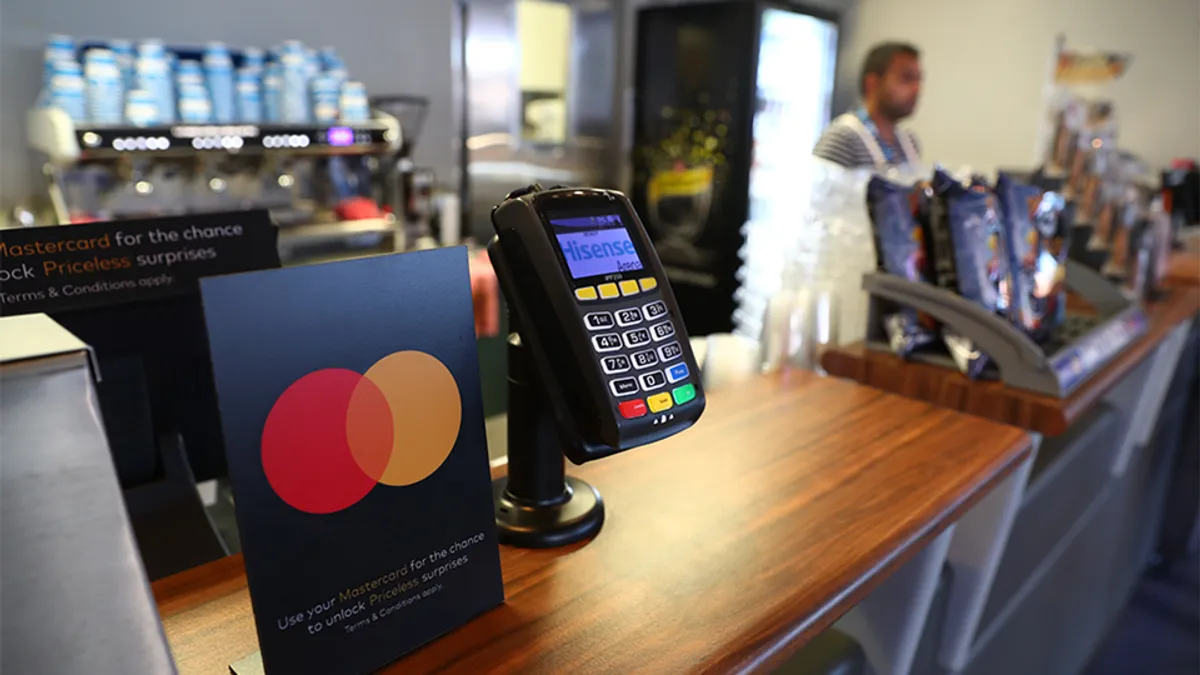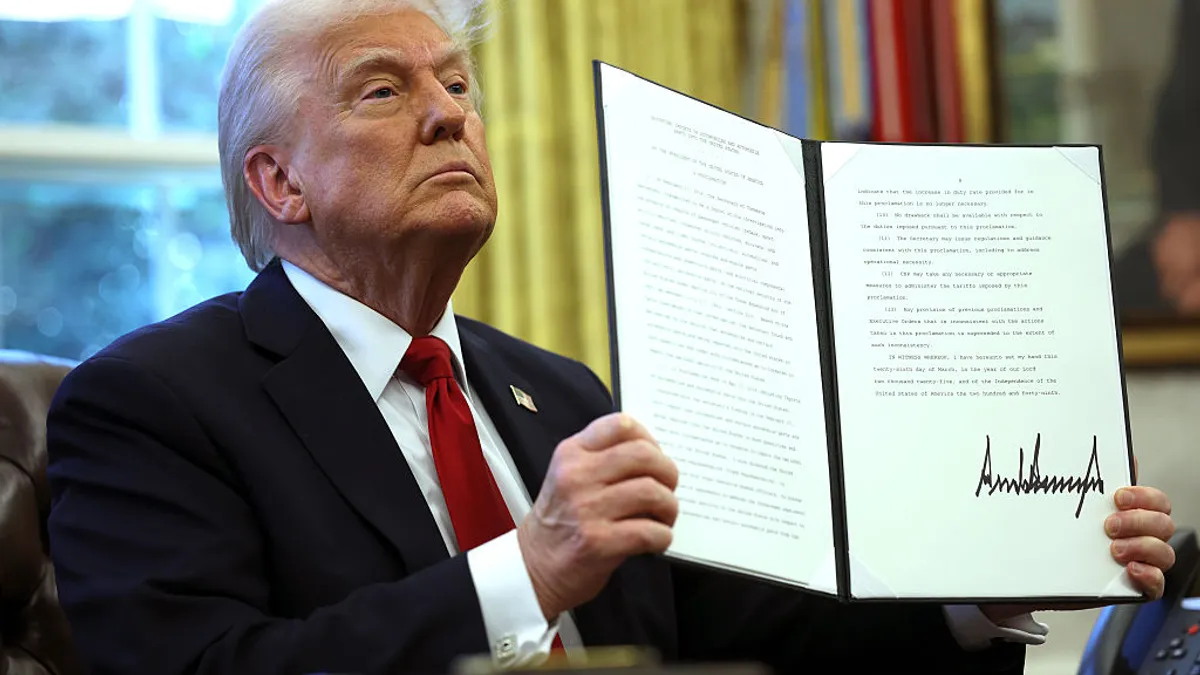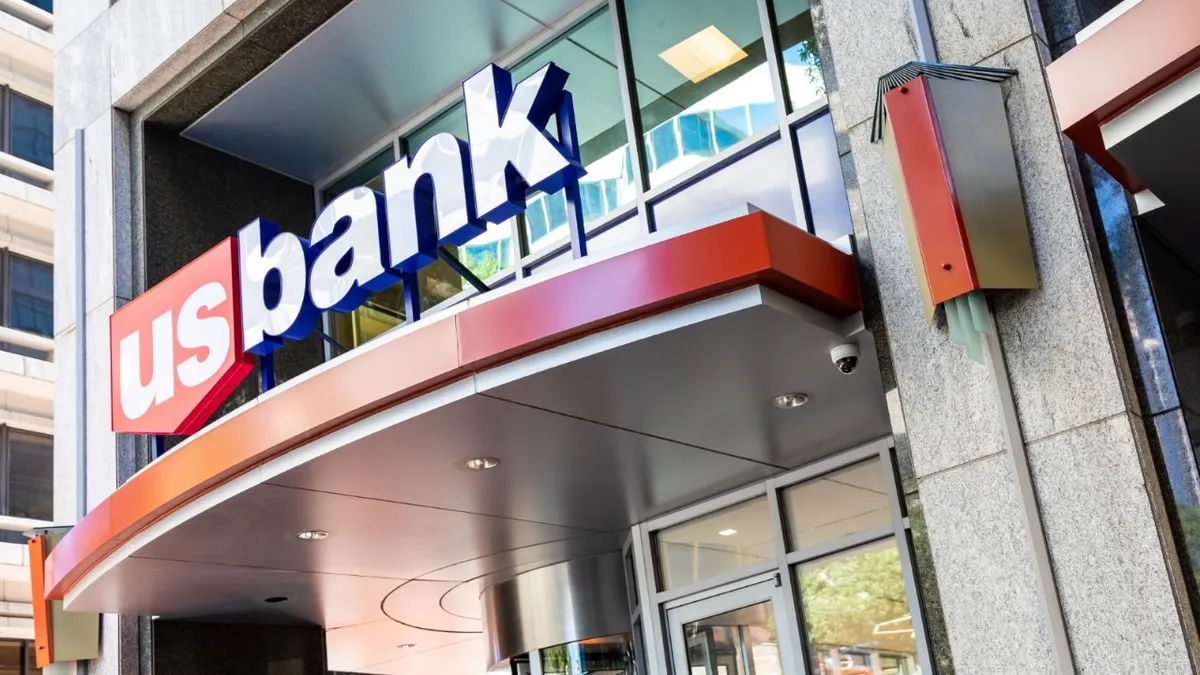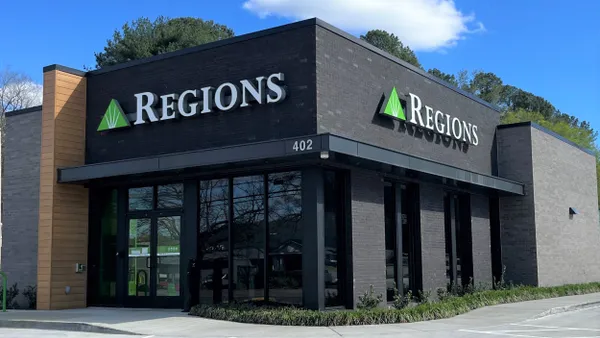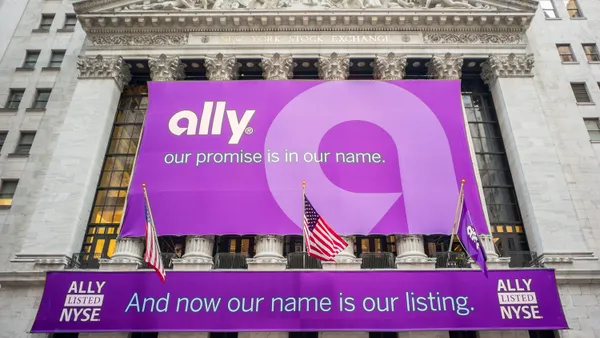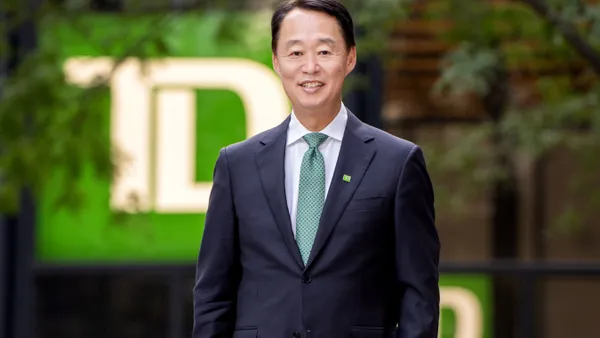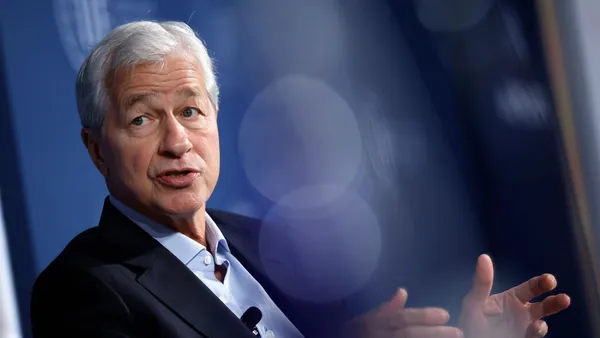Dive Brief:
-
Drawing on data from Mastercard’s second-quarter earnings report, spending among U.S. consumers is on pace to exceed pre-pandemic levels, CFO Sachin Mehra told CNBC last week. The card company’s net revenue for the second-quarter rose 36% to $4.5 billion over the same period last year, and was up 9% over the first quarter of this year.
-
Post-lockdown inflation combined with, for many consumers, substantial savings are the catalysts behind increased spending, he said, adding that a new "aversion to cash" is resulting in greater digital payments.
- Gross dollar volume, a metric that depicts purchase activity, grew by over one-third from the same quarter last year, to $1.9 billion, Mastercard reported Thursday.
Dive Insight:
"People are looking to spend, and they are exercising that intent right now." Mehra said. "Does the stimulus play a part in that? Absolutely. Does the high level of savings across the board play a part in that? Totally."
The jump in spending also suggests growing confidence among American consumers in an approaching economic recovery, Mehra added.
Over the last year and a half, Mastercard customers have spent significantly more on non-discretionary categories, such as groceries and utilities, he said. "We are starting to see that now shift towards discretionary categories, [including] travel, lodging and restaurants."
On the company’s Thursday earnings call, CEO Michael Miebach said while in-store spending is returning, he’s noticed "secular trend against cash," which will stand to bring a boost to digital payments businesses.
In the second quarter, contactless penetration represented 45% of in-person purchase transactions globally, Miebach said, which is a 37% year-over-year jump.
The aversion to cash will drive contactless payment methods, which Mehra called a "cleaner" form of payment.
"Contactless [was] on an upwards trajectory even pre-pandemic," he said. "People have seen the convenience it presents, and it has only accelerated. The U.S. has always been a laggard when it comes to contactless, but that’s changing. The aversion to cash is one component; it’s just a good user experience."
Business spending is also rebounding faster than expected, Mehra told the Financial Times, though it’s trailing behind consumer spending.
"People are feeling, more and more, the need to get out and go and see the customers and their suppliers, and engage with business partners, and that’s being manifested in terms of how they’re exercising their commercial spend," Mehra said.



